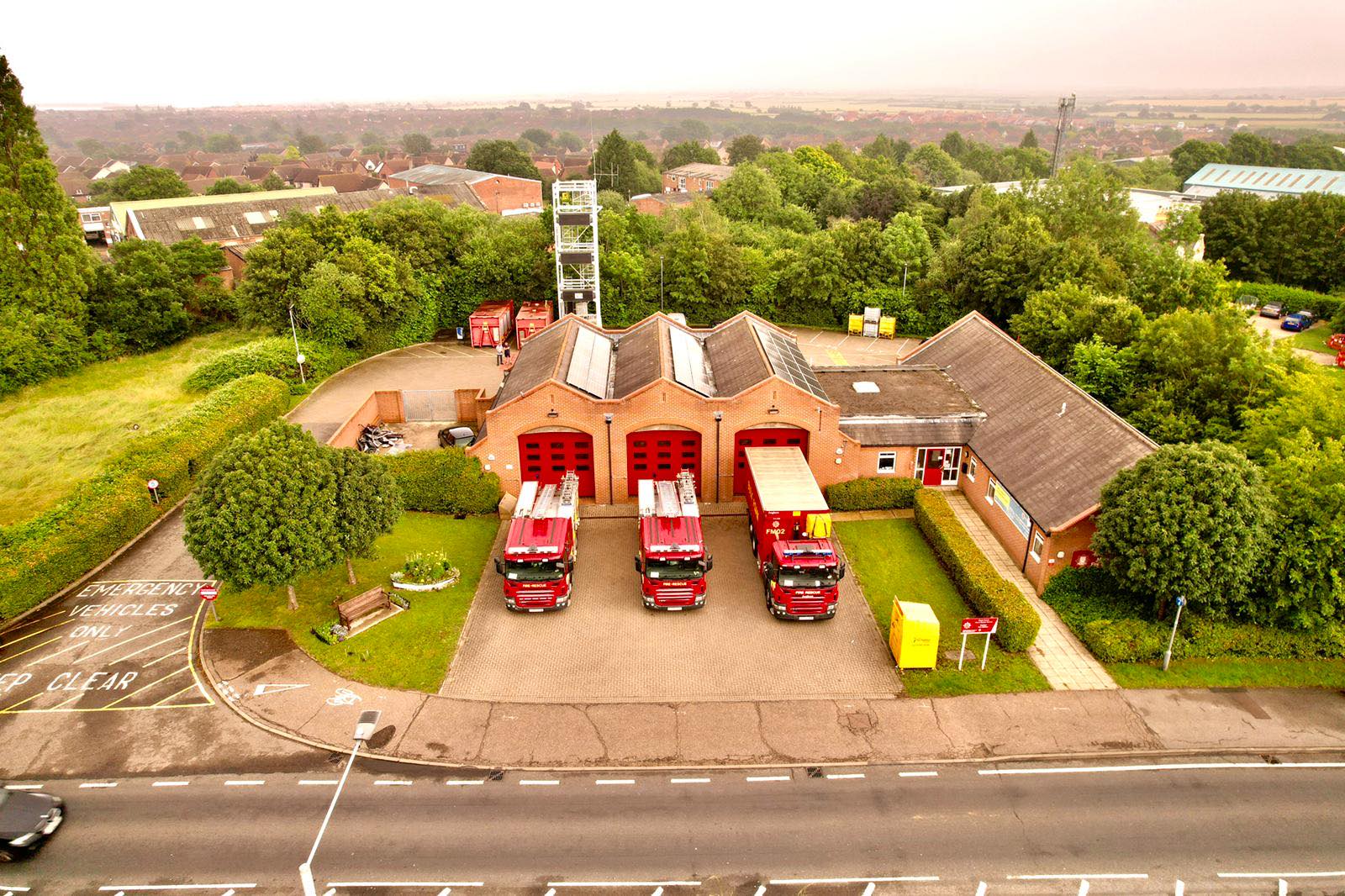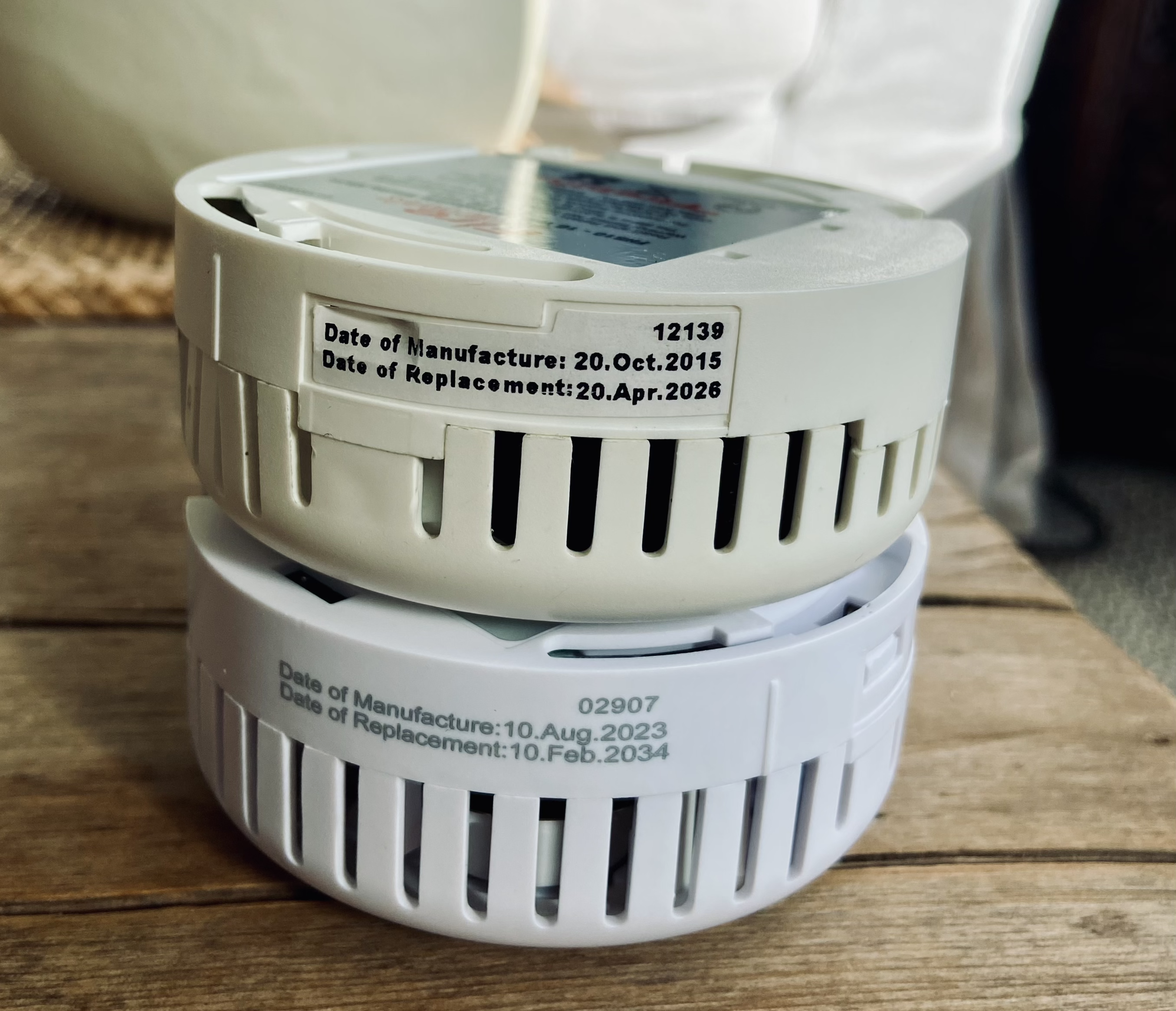The National Fire Service: part 1
This year sees the 80th anniversary of the formation of the National Fire Service (NFS). That organisation came into being on 18th August 1941 and ceased to exist in England and Wales at 00:01 on 1st April 1948, and in May 1948 in Scotland. Over those six plus years there was one fire service for the whole of Great Britain – from the northernmost of the Shetland Isles to the Isle of Wight and the Isles of Scilly.
When war broke out in 1939 it was estimated there were over 1500 fire brigades across Great Britain, though some say the number was higher. This discrepancy serves to underline the fragmentation and lack of standardisation of the pre-war British fire service.
In fact, apart from some emergency measures to improve and coordinate fire services in Greater London in response to World War I air raids, successive governments had studiously avoided any involvement with firefighting. It took the threat of another war to create something of a ‘cart-before-the-horse’ situation whereby, in 1937, the government created a national organisation: the Auxiliary Fire Service (AFS). This assisted regular fire services in time of war and then, in 1938, finally took a grip on firefighting generally by obliging local government to establish or maintain efficient fire brigades and for those brigades to cooperate. Even so, the fire authorities in England and Wales were district and borough councils, and in Scotland, burgh and county councils, so there was little, if any, scope for reducing the overall number of fire brigades. Furthermore, apart from the inter brigade cooperation requirement, peacetime fire brigades were largely left to set their own standards of operation and training, deployment of equipment, rank structure, uniform design and rates of pay. However, a system of government inspection of fire brigades was to be introduced.
But it was a pretty disparate collection of firefighting arrangements that mobilised for war in September 1939. There were professional fire brigades, some, like London’s, extremely efficient and well equipped and trained; part-time fire brigades and fire brigades that were under the control of, and to varying degrees integrated into, the local police force. In some places the fire brigade was a stand alone service, in others it might come under the local authority’s engineer or surveyor with that official being also the chief fire officer. In metropolitan Essex, big towns like West Ham, East Ham, Barking and Ilford had professional fire brigades, whilst places like Colchester and Chelmsford had a nucleus of professionals backed up by part- timers. Then there were those fire brigades newly established under the 1938 Act, some still forming and equipping. In Essex, in the Maldon area, Maldon Borough and Burnham Urban District had maintained fire brigades, but Maldon Rural District Council now became a fire authority setting up fire brigades in some local villages. Chelmsford Rural District Council did the same around the county town. In addition, all fire brigades now had AFS contingents, paid for and equipped by central government, but administered and trained by the existing services.
In the lead up to, and in the early days of, war one of the first major mistakes by the fire service was a failure to properly integrate the AFS and regular firefighters. From the outset there was tension between the two in some places. The AFS had its own rank structure and insignia from commandant down to fireman/firewoman and it was often allowed, perhaps even encouraged, to keep itself apart from the regulars, be they part time or professional. The latter wanted to make it clear that they were ‘real’ firemen who rode red fire engines and, at least until the declaration of war, often wore shiny brass helmets as an obvious sign of their status. Initially at least, AFS firemen were lucky if they had a one piece overall, a pair of wellingtons and a steel helmet and even when they had a full set of uniform, the AFS breast badge on their tunics was a giveaway.
If you look closely at some photographs of firefighters taken during the “Phoney War” period of 1939-40, and even a bit later, you may see in the background someone wearing, perhaps against orders, a peacetime fire helmet to underline that he’s not a part of that “AFS mob”. When Coggeshall Fire Brigade went to London to assist at “Blitz” fires in September 1940 its regular members wore their brass helmets to
differentiate themselves from the AFS. Another reason, perhaps, for the unpopularity of the AFS was that it recruited women, it wasn’t quite sure how to deploy them, into the hitherto exclusively male domain of firefighting.
The one place where regulars and AFS were integrated, with great success, was in London. Indeed, the radical initiative here, directed by the man in charge of the London Fire Brigade, Major Frank ‘Gentleman’ Jackson, was so successful that, for a brief period before the inception of the National Fire Service, London adopted the title, “London Fire Service” instead of, “London Fire Brigade”.
Once war was declared the AFS was mobilised. This action was not straightforward everywhere – accommodation wasn’t always ready or suitable, personnel, especially the women, had not received a full issue of uniform and the organisation’s main piece of equipment, the trailer pump, depended on towing vehicles hired or acquired by local authorities. It took several weeks for everything to settle down.
At this stage, the fire service depended on a system of regional mobilisation to move reinforcements to areas requiring assistance. Under this the chief officers of certain fire brigades were designated, “Regional Mobilising Officers”, responsible for a number of fire brigades in the surrounding area. In the event of a heavy air raid the mobilising officers would be instructed to send a number of fire engines (pumps) from their area to the affected location. When this happened some mobilising officers reported problems. Some fire brigades were slow in getting their required pumps away and, in some cases, the mobilising officer was told by the reinforcing service that the mayor or council chairman’s permission must be obtained before help could be despatched.
Once bombing started in earnest, reinforcing firefighters travelled considerable distances. At Thames Haven in September 1940, firemen from Leicester and Northampton were in action alongside their Essex colleagues (the oil installations here were primarily covered by Thurrock Fire Brigade and its AFS). At Christmas 1940 personnel from Romford Fire Brigade and its AFS went to Manchester. Strategically located Oxford sent its firemen to Southampton, Portsmouth, Bristol, the Midlands and London.
A problem arose from these long distance runs that no one seems to have adequately foreseen. That was the issue of feeding the reinforcements. AFS firemen from Benfleet sent into London during the heavy air raid of 10th/11th May 1941 spent all night and most of the following day firefighting, but they were provided with a meal at a London AFS station. Firemen from Abingdon (then in Berkshire, now in Oxfordshire) sent to Portsmouth, were served a breakfast of sausage and mash on an RN destroyer. But, on the other side of the coin there were reports of cafe waitresses paying for the refreshments they’d just served to reinforcing firemen who’d forgotten to transfer money from civilian clothes to uniforms before leaving their home stations, and of firemen who claimed for money spent on food from their fire authority being told that this cost should be charged to the authority in whose area they’d been firefighting.
In the early days of the Blitz there was often as much demand for experienced fire officers to direct operations as there was for large numbers of firefighters to undertake them. Consequently, senior officers from regular fire brigades moved, temporarily, to heavily bombed areas. This focused attention on the absence of standardised rank markings and titles. And there was further confusion in this context. The fire kit of many senior regular officers indicated rank with often quite elaborate shoulder insignia. But there are stories of reinforcing firemen asking for instructions from someone whose shoulders indicated he must be an officer, only to find that he was an ordinary fireman from another reinforcing brigade which had decided all its firemen’s appearance was enhanced by elaborate epaulettes. Frequently a senior officer, faced with a desperate situation, would urgently request a special appliance such as a hose layer or a turntable ladder. Investigation when the requested vehicle failed to arrive often revealed that it had been ‘hijacked’ by someone who appeared to outrank the party making the original request but who was, in fact, actually of a much lower grade – another case of rank and file uniforms being enhanced by adornments that had different meanings in different locations.
An added dimension in this rather chaotic scenario was the presence of female volunteers in the ranks of the AFS. This had raised the hackles of male chauvinism with, in some places at least, vengeance. Chief Fire Office E.M. Hall of Leyton Fire Brigade in Essex was loud in proclaiming he would not train AFS women and his rants were sympathetically received in some quarters, reflecting a quite widely held view that women could not be relied on to keep their nerve during an air raid even if they were in the relative safety of a fire station control room.
In fact some brigades from the outset started to train AFS women on operational equipment. In the London area, the CFO of Barnes Fire Brigade trained 100 AFS women to drive towing vehicles and operate the trailer pumps. However, on the day war was declared he received a Home Office directive that no female fire service personnel should be “in the open” during an air raid. So he set about training 100 AFS men to take their place. But it was an AFS female driver who took the same CFO to the London docks on the first day of the Blitz and remained with him as he directed firefighting there. Indeed, once bombing was under way AFS firewomen could found in the open, staffing control vehicles, driving staff cars, carrying messages as motorcycle despatch riders, delivering petrol to fire appliances and crewing mobile canteens. Two London AFS women who took a canteen on a reinforcing move to Manchester found it transformed into a hearse for the return journey when they brought back the bodies of several London firefighters killed during operations, and another London AFS firewoman received a George Medal for delivering petrol to, and refuelling, fire engines during a raid. But it was in the realm of fire service communications that AFS women made their mark and their death toll, primarily when fire stations were hit, showed that they were not as safe under cover as was originally thought. However, there were no operational female firefighters – that seemed to have been a step too far.
As the Blitz progressed something else became apparent. This was a tendency to send AFS personnel and equipment on reinforcing moves. The idea seems to have taken root that the AFS was formed, equipped and paid by central government to fight air-raid fires, so why endanger regular firefighters and equipment, which represented an investment by local ratepayers? In any case, if it was a town twenty-five miles away that was being bombed the raiders might move on and attack the town that had just sent reinforcements, so let’s hold onto to our regular fire brigade, just in case. The result of this was that many AFS personnel acquired over just a few months more experience of large scale firefighting than some senior regular fire brigade officers had had in a lifetime. This had consequences later.
But, in spite of all this actual and potential chaos and confusion, from September 1940 until May 1941 the UK’s firefighters, male and female, learned fast, performed prodigies of valour and fought fires on an unimagined scale. But the extent of the damage, perhaps most notably in London, Coventry, Plymouth and Liverpool, underlined an urgent need for change.
By Mike Smith
All Fired Up’ is a series of articles written by our Museum volunteers about the history of the fire service in Essex.
Volunteers spend many hours researching the collection, often uncovering untold stories and finding interesting facts that would otherwise be lost.
To share these invaluable snippets of history with you we are making some of this research available. Read the full list here.


